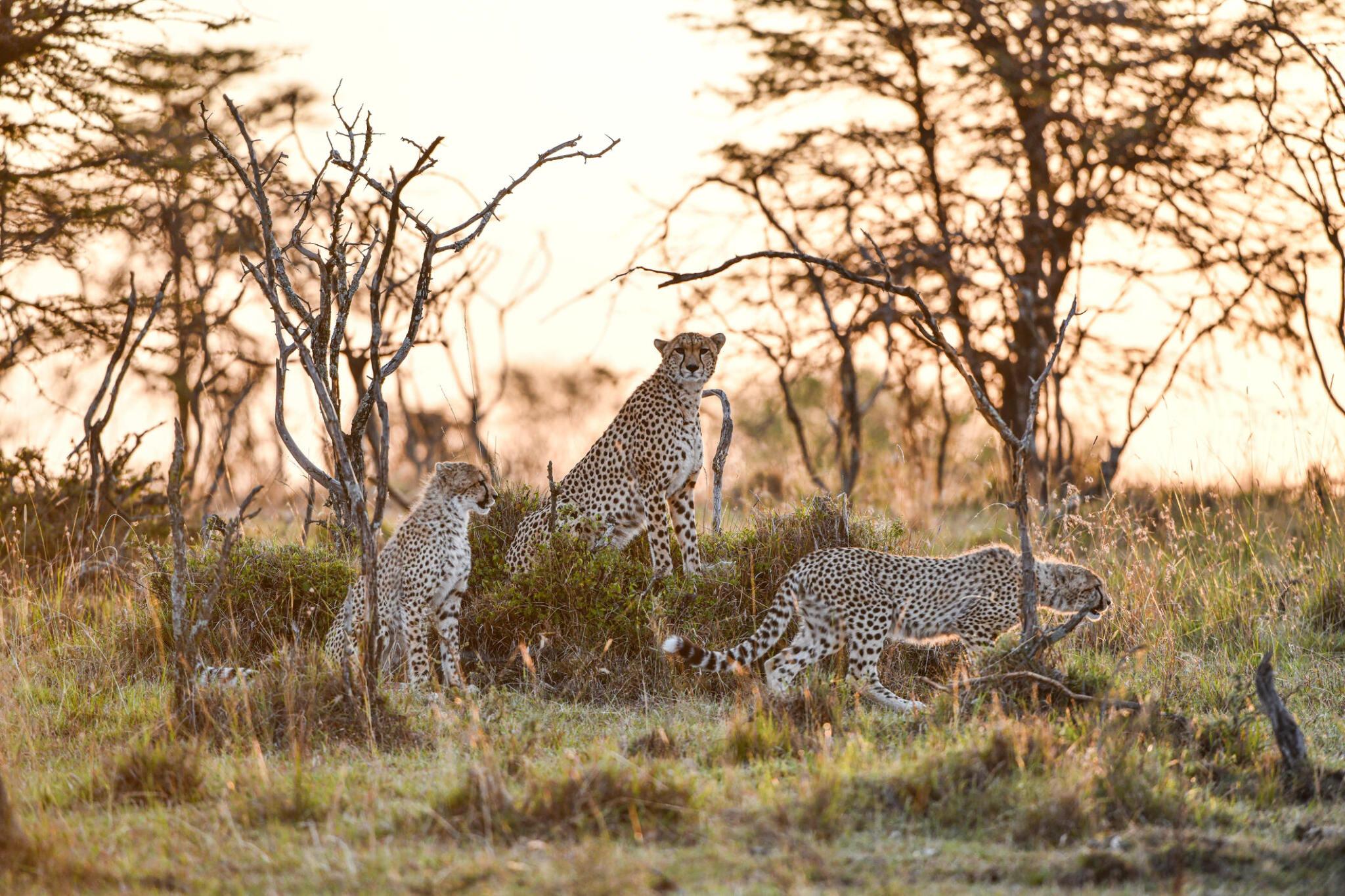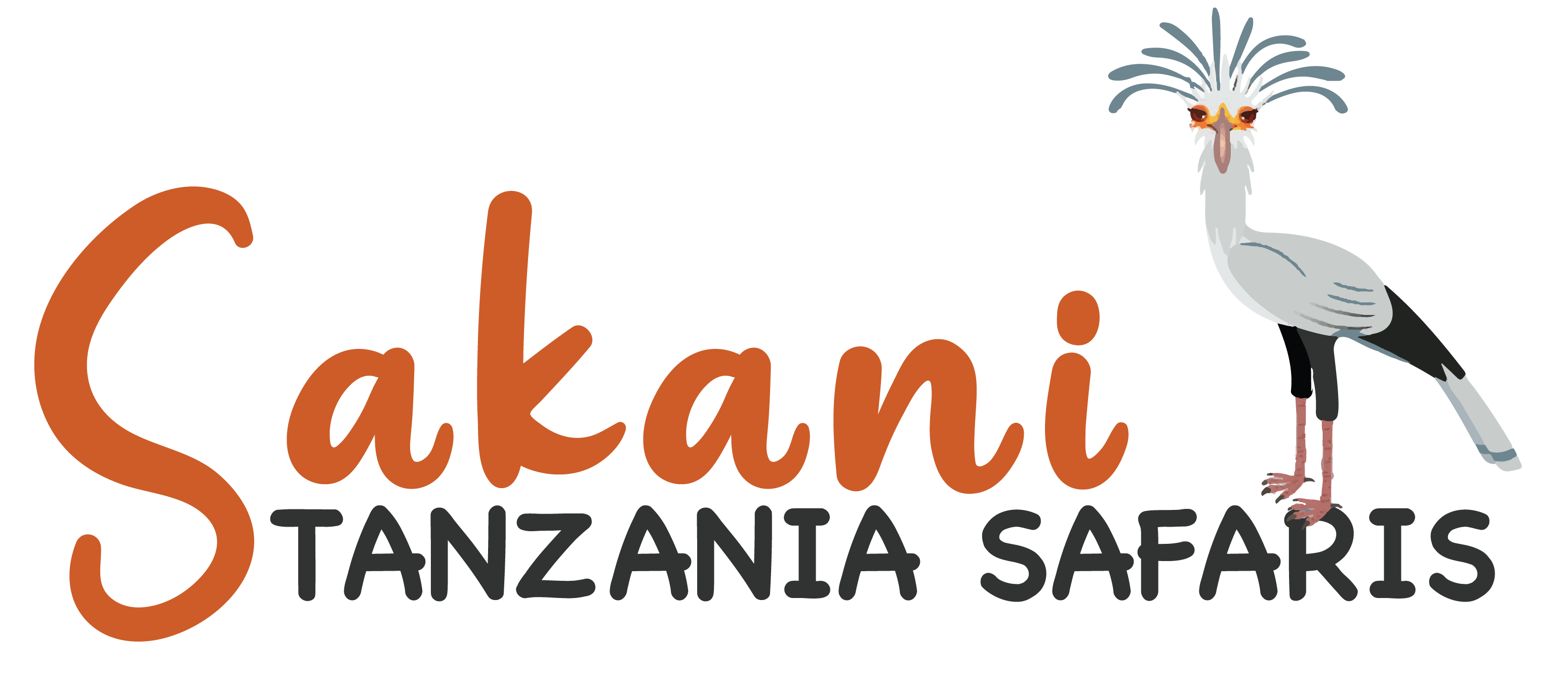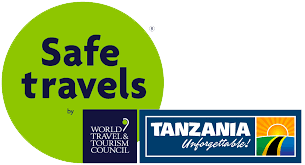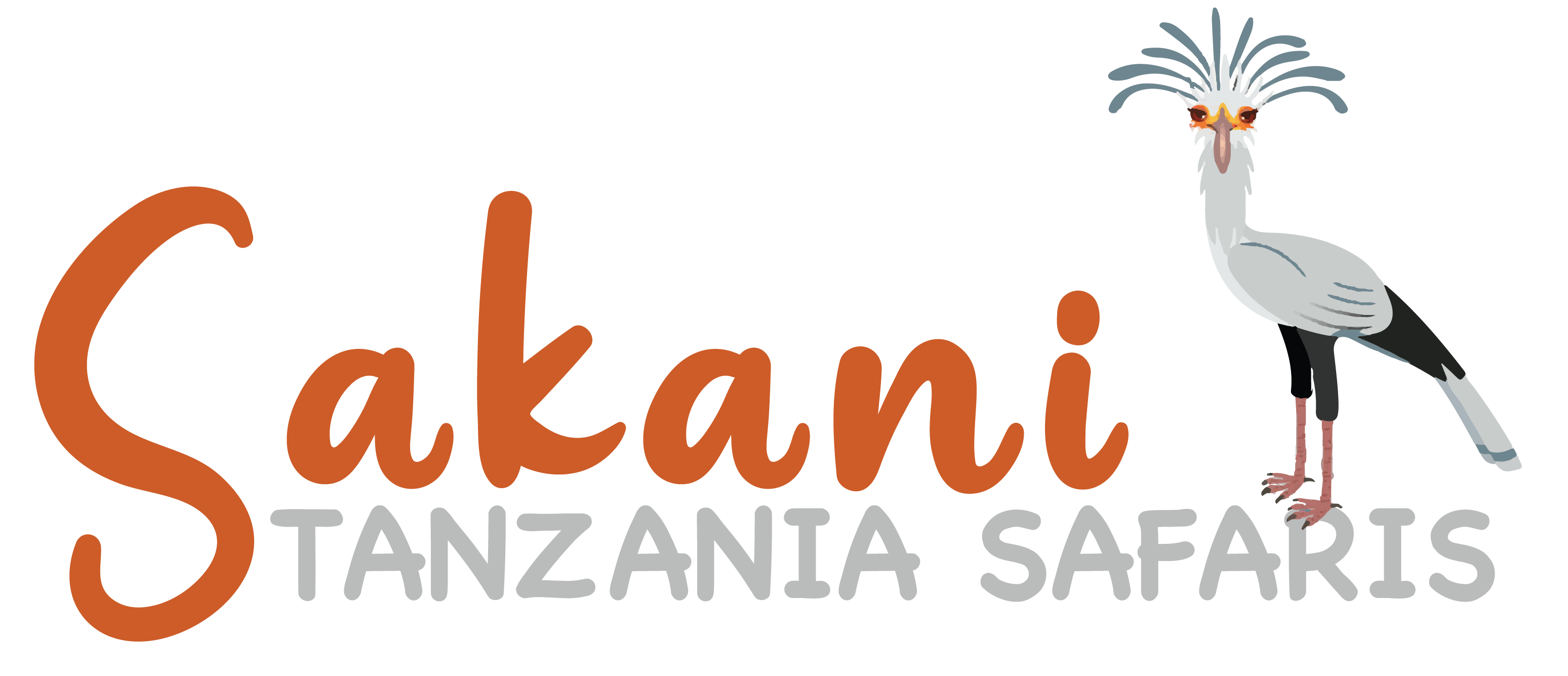Tanzania Photographic Safaris
from $191 /person
- 7-9 Hours
Tanzania Photographic Safaris offer a breathtaking opportunity to capture the diverse wildlife and stunning landscapes of this East African gem. Here’s a breakdown of what you can expect:
Best Time for this Experience:
The best time for a photographic safari in Tanzania largely depends on what you want to capture. The dry season, from late June to October, is excellent for wildlife viewing as animals gather around water sources. The Great Migration in Serengeti usually occurs from July to August, adding a spectacular sight to your photographs. However, if you’re interested in bird photography, the wet season from November to May offers lush green landscapes and an abundance of migratory birds.
What to Expect during this Safari:
Expect an immersive experience surrounded by Africa’s iconic wildlife. You’ll have opportunities to photograph the Big Five (lion, elephant, buffalo, leopard, and rhinoceros) along with a plethora of other animals like giraffes, zebras, wildebeests, and various bird species. Experienced guides will lead you through national parks such as Serengeti, Ngorongoro Crater, Tarangire, and Lake Manyara, ensuring you encounter the best photographic moments.
Where to Stay:
- Budget Accommodations:
Options like campsites and budget lodges are available within or near the national parks. These provide basic amenities and a closer connection to nature without breaking the bank. - Mid-Range Accommodations:
Mid-range lodges and tented camps offer more comfort and facilities while still maintaining proximity to wildlife areas. Expect comfortable rooms, good food, and sometimes even swimming pools. - Luxury Accommodations:
For those seeking luxury, there are high-end lodges and luxury tented camps that provide lavish amenities, gourmet dining, spa services, and exclusive wildlife viewing experiences.
FAQs:
Do I need a visa for Tanzania?
Yes, most visitors to Tanzania require a visa. It’s advisable to check the latest visa requirements before your trip.What photography equipment should I bring?
A good DSLR or mirrorless camera with a telephoto lens (70-200mm or longer) is essential for wildlife photography. Don’t forget extra memory cards, batteries, and a sturdy tripod.Is it safe to go on a safari in Tanzania?
Yes, Tanzania is generally safe for tourists, especially in well-established tourist areas and national parks. However, it’s always wise to follow the guidance of your tour guide and take necessary precautions.What should I pack for the safari?
Pack lightweight, neutral-colored clothing, a wide-brimmed hat, sunscreen, insect repellent, and comfortable walking shoes. Binoculars and a field guide to African wildlife are also handy.Will I have internet access during the safari?
Some lodges and camps offer Wi-Fi, but expect limited connectivity, especially in remote areas. It’s best to inform your loved ones beforehand about potential communication gaps.
A Tanzania Photographic Safari promises an unforgettable adventure, blending the thrill of wildlife encounters with the artistry of photography. Be prepared to capture moments that will last a lifetime!

Subscribe Newsletter $ Get Company News.
SAKANI TANZANIA SAFARIS
- © 2024 Sakani Tanzania Safaris Ltd | All Rights Reserved.








